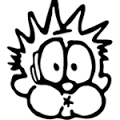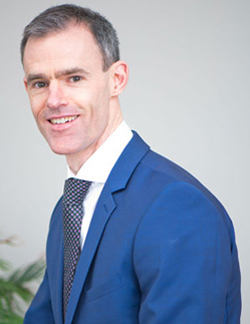 Breath holding in children, occurs in a small percentage of the population. Children between the ages of 6 months and 3 years are most commonly affected. The most important thing to note about breath holding is that the child has no control over it. It is a reflexive, or automatic response to a fear, threat or danger. Retained Primitive Reflexes offer a powerful insight towards understanding breath holding. More on breath holding here
Breath holding in children, occurs in a small percentage of the population. Children between the ages of 6 months and 3 years are most commonly affected. The most important thing to note about breath holding is that the child has no control over it. It is a reflexive, or automatic response to a fear, threat or danger. Retained Primitive Reflexes offer a powerful insight towards understanding breath holding. More on breath holding here
Breath Holding in Children
There are 3 types of breath holding;
- Simple – The child holds the breath in, in response to shock, injury, or frustration.
- Cyanotic – The child holds the breath out in response to anger or frustration. This is the most common type.
- Pallid – The child’s heart rate slows down, usually in response to pain.
Breath holding in children link here
What causes Breath Holding in children?
The Fear Paralysis Reflex offers great insight into why children react with breath holding. This Reflex is the first Primitive Reflex to develop in the child. It develops in utero between 2-6 months and should no longer effect the behaviour of the child beyond that time.
It’s effect on the fetus is very powerful. A perceived threat automatically causes temporary paralysis in the fetus. If this reflex is not correctly integrated the effects on child behaviour are profound. It is said that to live with the Fear Paralysis Reflex is to see life through a lens of fear. Every new thing that a child approaches, be it learning to read, making friends, playing sports and games is compromised. The child does not have the freedom to safely express itself, as other children do. The child does not lack the intelligence to do these things but is continually forced to deal with heightened fear in the face of new challenges.
How can Cork Kinesiology help with Breath Holding?
Tony Galvin of Cork Kinesiology is trained in The Child Centre Method – learning and behaviour program. The treatment of Retained Primitive Reflexes is at the heart of The Child Centre Method. Standardised assessments are used to establish the issues at hand as well as the related reflexes involved. A unique plan is then created for the child using this Integrated and Holistic approach. It is non invasive and fun for the child.

